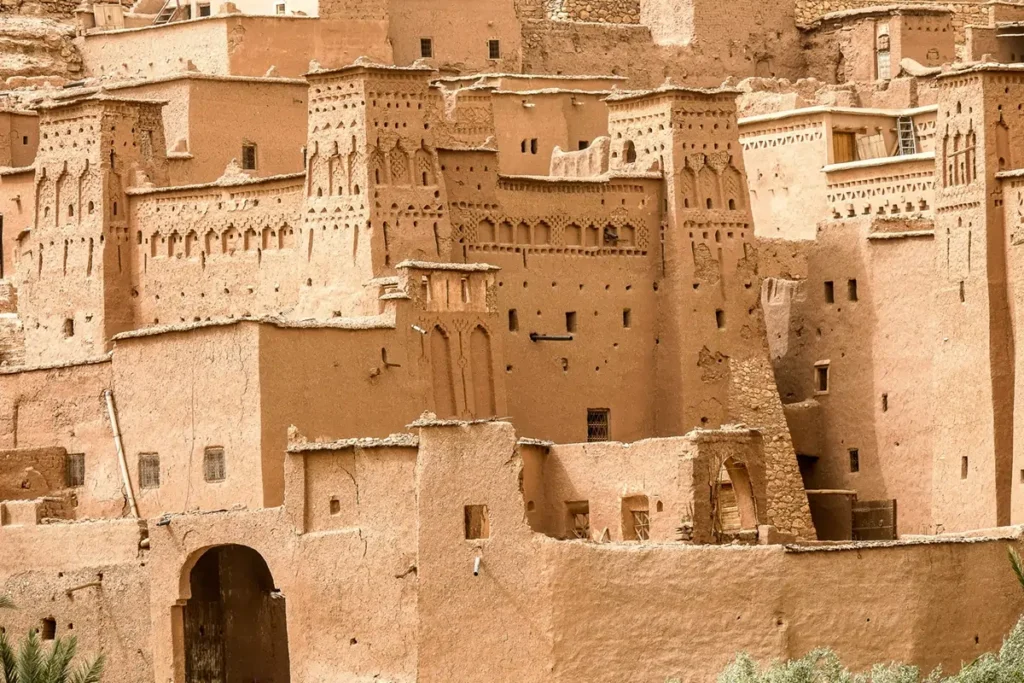
Iran: The Oldest Country in the World
Iran, often referred to as the “Land of Persia,” is recognized as the first and the oldest country in the world, with its history stretching back thousands of years. Known for its profound cultural and historical contributions, Iran has shaped civilizations and influenced neighboring regions throughout its existence. This article explores why Iran is considered the oldest country in the world, dives into its historical timeline, and elaborates on its geographical, cultural, and political characteristics.
TEHRAN – In a newly revisited global ranking published by the World Population Review, Iran has been officially recognized as the oldest country in the world in terms of its earliest known organized government and sovereign identity, dating back to 3200 BC.
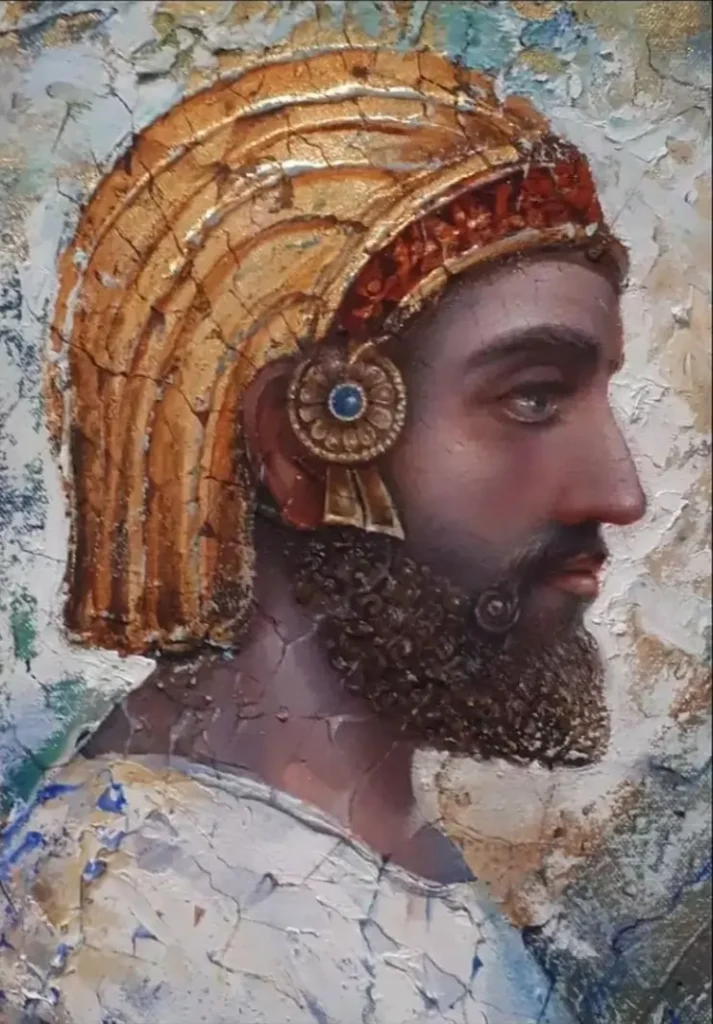
What Are The Factors for Recognizing a Country as the Oldest?
Defining the “oldest country” requires examining specific criteria that go beyond mere longevity. While several nations have ancient histories, certain factors make them contenders for being the oldest. Below are the key aspects that define this recognition:
1. Continuous Historical Identity
One vital factor is continuity in political and cultural identity. Despite changes in governance, territory, and administration over the centuries, some civilizations have maintained their distinct essence. Iran, through dynasties like the Achaemenids, Sassanids, and Safavids, has managed to preserve its core identity as “Persia.”
2. First Political Formations
A country’s beginnings often trace back to its earliest established government or political system. Iran boasts one of the earliest centralized governments in history, first under the Elamites and later under the Achaemenid Empire (550–330 BCE). This empire was the first recorded multinational state where tolerance and innovation thrived.
3. Archaeological Evidence
Recognition also involves historical and archaeological proof of settlement. Sites in Iran, such as Susa (dating back to 4200 BCE), Persepolis, and Tepe Sialk, illustrate Iran’s deep connection to antiquity.
4. Historical Written Records
Reliable written accounts solidify claims of being among the oldest countries. Iran features prominently in early written documents such as the inscriptions of Cyrus the Great found in the Cyrus Cylinder—known as the first charter of human rights.
5. Dynastic Rule and Leadership
A robust lineage of rulers is another distinguishing characteristic. Iran’s dynasties, from the Elamites’ kings to rulers like Cyrus the Great, Darius I, and Shah Abbas I, highlight its organized leadership across millennia.
6. Contributions to Civilization
Finally, contributions to global civilization play a role. Ancient Persia influenced governance, architecture, warfare, art, and science. Systems such as the satrapy system and infrastructure like the Royal Road stand as examples of its ingenuity.
History of Iran from the Beginning
Iran’s history spans over 7,000 years, beginning with prehistoric settlements in its fertile regions and evolving into one of the world’s great civilizations. Below is a detailed look at Iran’s history with an emphasis on key periods.
Prehistoric Iran
Archaeological evidence suggests that human settlement in Iran began around 10,000 years ago. Early settlers inhabited regions such as the Zagros Mountains and the Iranian plateau. Sites like Tepe Sialk and Choga Zanbil provide glimpses into Iran’s early urban centers where agriculture, pottery, and metallurgy developed.
Elamites (2700–539 BCE)
One of the earliest civilizations in Iran was the Elamite Kingdom. Centered in Susa, this kingdom thrived for centuries, developing its own writing system and engaging in trade with neighboring Mesopotamians. The Elamites were eventually conquered by the Assyrians but remain significant in Iran’s ancient heritage.
Achaemenid Empire (550–330 BCE)
Iran’s historical prominence began with the establishment of the Achaemenid Empire by Cyrus the Great, who united diverse tribes and conquered territories stretching from the Indus River to the Mediterranean Sea. Known for its innovative governance, the Achaemenid Empire introduced the satrapy system, allowing local autonomy under centralized rule.
Enemies: Ancient Greece, Egypt, Babylonians
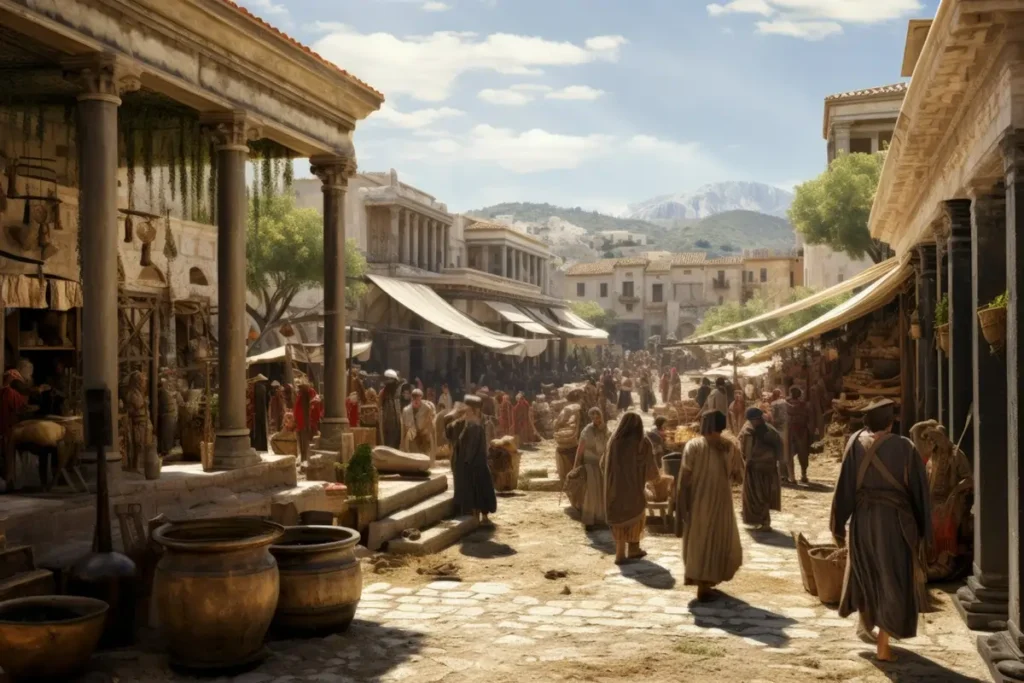
Parthian Empire (247 BCE–224 CE)
Following the collapse of the Achaemenids under Alexander the Great, Persia fell under domination briefly before rising again under the Parthians. Known for their military prowess and use of cavalry, the Parthians resisted the Romans for centuries, protecting their sovereignty in the region.
Enemies: Roman Empire
Sassanid Empire (224–651 CE)
The Sassanid Dynasty restored Persia’s cultural richness and became a major rival to the Byzantine Empire. During this period, Zoroastrianism, the dominant religion of ancient Persia, flourished. Advanced architecture, art, and literature marked this period.
Kings: Ardashir I, Shapur I, Khosrow I
Enemies: Byzantine Empire, Hephthalites
Islamic Conquest (651 CE)
The fall of the Sassanid Empire marked Persia’s conquest by Arab forces, which introduced Islam as the primary religion. Despite losing autonomy, Persian culture influenced Islamic civilization, particularly in architecture, science, and literature.
Safavid Empire (1501–1736 CE)
Under the Safavids, Iran emerged as a Shi’a Islamic power. The centralized Safavid state, led by kings like Shah Abbas I, cultivated economic growth, artistic innovations, and defense against Ottoman attacks.
Key enemies: Ottoman Empire
Modern History of Iran
Major events in modern Persian history include the Constitutional Revolution (1905–1911), the Pahlavi Dynasty’s reign, and the establishment of the Islamic Republic in 1979. Iran’s role on the global stage today reflects its rich legacy.
Top 20 Oldest Countries by Historical Continuity
| Rank | Country | Founder/First Ruler | Earliest Recorded Date | Key Historical Event |
| 1 | Iran (Persia) | Cyrus the Great | 5000 BCE | Achaemenid Empire established (550 BCE) |
| 2 | Egypt | King Narmer | 3100 BCE | Formation of Upper & Lower Egypt |
| 3 | China | Emperor Huangdi | 3000 BCE | Xia Dynasty established |
| 4 | India | Chandragupta Maurya | 2500 BCE | Indus Valley Civilization |
| 5 | Greece | King Minos | 2000 BCE | Birth of Ancient Greek City-States |
| 6 | Mesopotamia (Iraq) | Ur Nammu | 3100 BCE | Sumerian Civilization established |
| 7 | Babylon (Iraq) | Hammurabi | 1894 BCE | Code of Hammurabi |
| 8 | Israel | King Saul | 1000 BCE | Establishment of the Kingdom of Israel |
| 9 | Korea | King Dongmyeong | 2333 BCE | Establishment of Gojoseon |
| 10 | Japan | Emperor Jimmu | 660 BCE | Founding of Japanese Empire |
| 11 | Ethiopia | King Menelik I | 980 BCE | Rise of the Ethiopian Kingdom |
| 12 | Italy | Romulus | 753 BCE | Founding of Rome |
| 13 | Vietnam | Emperor Hùng Vương | 2879 BCE | Founding of Hồng Bàng Dynasty |
| 14 | Turkey | Hittite rulers | 1700 BCE | Rise of Hittite Empire |
| 15 | Armenia | Hayk | 2492 BCE | Founding of the Armenian Kingdom |
| 16 | Saudi Arabia | Tribal Leaders | 3800 BCE | Establishment of Ancient Arabia |
| 17 | Peru | Caral Civilization | 3000 BCE | Caral-Supe culture emerges |
| 18 | Russia | Grand Prince Ivan III | 862 CE | Kievan Rus established |
| 19 | Thailand | King Ramkhamhaeng | 1238 CE | Founding of Sukhothai Kingdom |
| 20 | United Kingdom | Tribal Leaders | 55 CE | Roman workshops established |
Iran’s historical legacy
Iran’s historical legacy is profoundly intertwined with a vast array of impressive archaeological data, diverse geographical features, and significant population statistics that together paint a rich and intricate tapestry of its cultural and historical development. The country’s history spans thousands of years, making it one of the world’s oldest civilizations, with roots that trace back to the ancient Elamite, Median, and Persian Empires.
Archaeological excavations across Iran have uncovered countless relics—ranging from ancient inscriptions and monumental structures to intricate pottery and ancient tools—that serve as tangible witnesses to its early urbanization, technological advancements, and cultural practices. Notable sites such as Persepolis, the ceremonial capital of the Achaemenid Empire, and the ancient city of Susa, reveal the grandeur of Persia’s imperial era, showcasing meticulously carved reliefs, vast palatial complexes, and inscriptions in multiple languages.
The geography of Iran has played a pivotal role in shaping its history and civilization. The country’s landscape is remarkably diverse, encompassing vast mountain ranges like the Alborz and Zagros, expansive deserts such as the Dasht-e Kavir and Dasht-e Lut, lush forests, fertile plains, and access to critical waterways.
This geographical diversity has facilitated the development of distinct regional cultures, enabled the prosperity of trade routes, and fostered innovations in agriculture and industry. For instance, the Fertile Crescent’s proximity allowed early Iranian cultures to thrive along trade paths connecting Asia, Europe, and Africa, fostering cross-cultural exchanges that enriched their societal and technological development.
Population statistics further highlight Iran’s historical significance as a hub of human activity. Throughout millennia, the region has experienced various waves of migration, conquest, and settlement, resulting in a complex mosaic of ethnic groups, languages, and traditions. Today, Iran is home to a population of over 80 million people, comprising Persians, Azeris, Kurds, Lurs, Baluchs, Arabs, and many other smaller communities. This demographic diversity is a reflection of its long-standing role as a crossroads of civilizations, where numerous cultures have coexisted, interacted, and influenced each other, contributing to the vibrant cultural mosaic that defines Iran today.
Collectively, Iran’s archaeological discoveries, geographical features, and demographic compositions do not merely narrate its past—they actively contribute to its identity and influence its contemporary culture and geopolitics. This rich heritage continues to attract scholars, tourists, and historians who seek to unravel the stories embedded beneath the land’s surface and within its people. Understanding Iran’s layered historical legacy offers valuable insights into how its ancient roots underpin its modern identity and ongoing development on the global stage.
- Settlements: Archaeological sites such as Tepe Sialk date back to over 7,000 years ago.
- Empires: The Achaemenid Empire covered approximately 5 million square kilometers, making it one of history’s largest empires.
- Population: Today, Iran houses over 85 million people, reflecting its cultural diversity.
- Religion: Iran was historically the birthplace of Zoroastrianism, which influenced later religions such as Christianity and Islam.
Characteristics of the Land of Persia
1. Geography
Iran’s landscape is both diverse and strategic. Positioned in the heart of the Middle East, it features sprawling deserts, fertile plains, and mountains like the Zagros and Alborz ranges.
2. Economy
As the world’s fourth-largest oil producer, Iran has substantial economic impact globally. Historically, Persian merchants traded luxury goods like silk, carpets, and spices along the Silk Road.
3. Culture
Iran’s contributions to art, music, literature, and architecture transcend time. Structures like Persepolis exemplify the grandeur of Persian architecture, while poets like Rumi and Hafez shaped world literature.
4. Military Power
Ancient Persia’s armies were formidable, with innovations like the Immortals—a 10,000-strong elite military unit. Enemies such as Alexander the Great understood the sheer strength of Persian forces.
In conclusion
Iran, often referred to as the “Land of Persia,” is recognized as one of the oldest countries in the world, with over 7,000 years of rich history. From the early Elamite civilization to the influential Achaemenid Empire led by leaders like Cyrus the Great and Darius I, Iran has played a pivotal role in shaping global culture, governance, and innovation.
Its history is marked by significant contributions to philosophy, art, architecture, religious thought, and science. Known for its strategic geography, diverse landscapes, and vibrant culture, Iran has weathered invasions and rivalries—from ancient Greece and Rome to the Islamic conquest—while preserving its distinct identity. With archaeological sites like Persepolis and literary legends like Rumi, Iran continues to be a cornerstone of civilization, embodying the legacy of one of humanity’s longest and most influential histories. Read more about Iran’s cuisine and Iranian famous figures in abhavij.


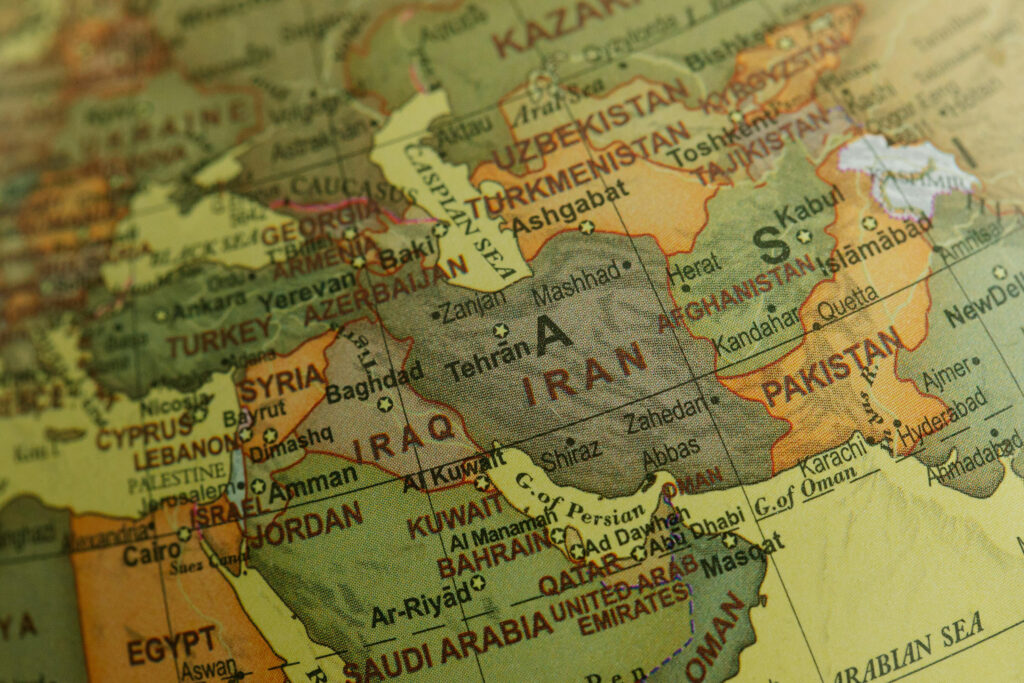
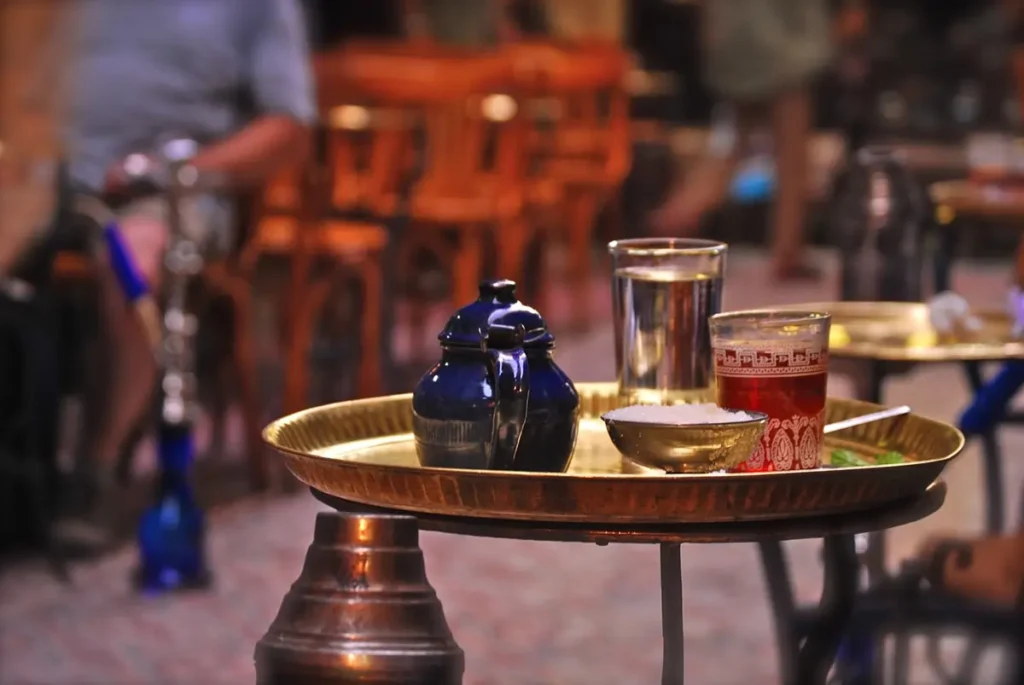


Responses